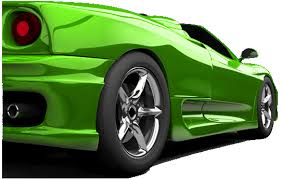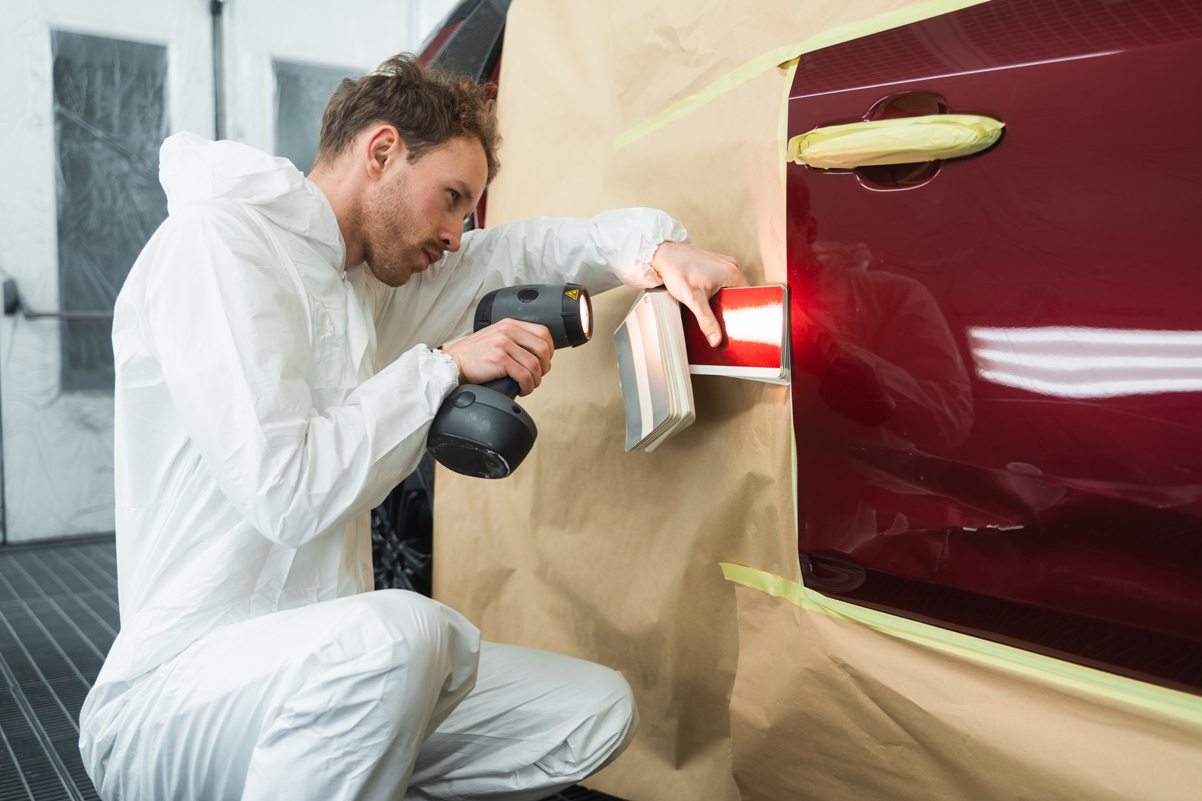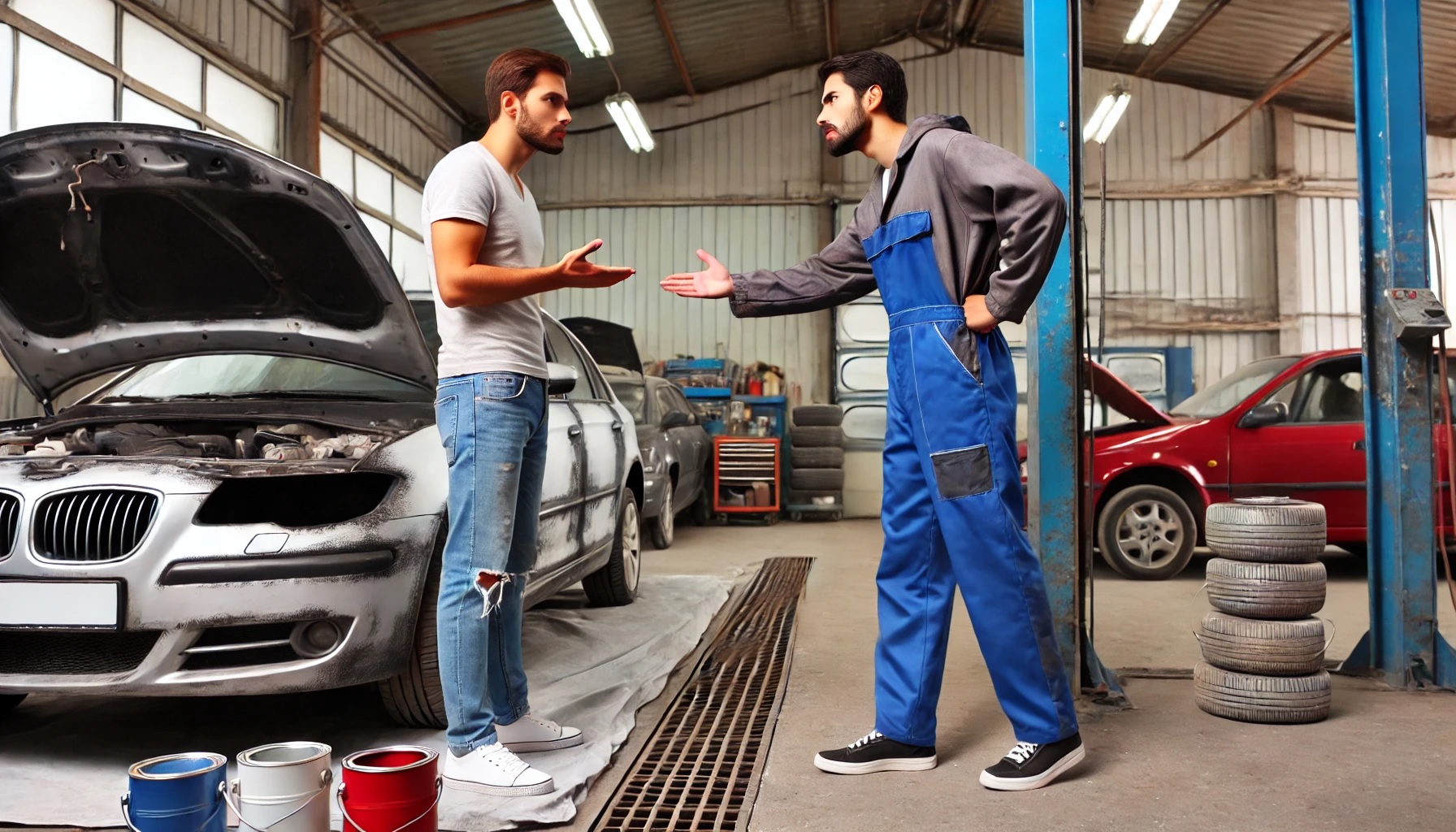A lot of things have been written about the transition from solvent to water-borne paints technology. Professionals in car refinishing sector were divided into two camps: those who liked the new technology and those who didn’t. Technically speaking, it has both positive and negative sides for a bodyshop. For me personally, more negative, yet I want to get back to the environmental impact.
So, what is the whole idea behind introducing the water-borne paints in the first place? Why did our bright minds in the EU and California decide to save the planet starting from the car bodyshops? Easy answer, one could say. Less VOC (volatile organic compounds) will cause less damage to the environment. So far so good, however, did anyone calculate the impact of this change on the environment from the angle of upgrading the spraying equipment?
It is a well-known fact that water-borne coatings require different conditions for curing; mainly we are talking about the air flow in a spray booth. In simple words, if your spray booth was good enough for spraying solvent based paints, it is doubtful that it will work for water-borne paints as well. Putting the extra costs of changing or adjusting your spray booth aside, let’s focus on the other changes required.

For example, if a bodyshop operates a spray booth with nominal air capacity of 18.000 m3/hour, it is certain that the owner will face a big problem with the drying times of the water-borne materials and the overall quality of the job. Thus, a spray booth with larger air circulation output is compulsory. In fact, minimum 24.000 m3/hour air capacity is required for a small standard spray booth, which, in turn, requires much bigger make-up unit. In general, we will need to move from 4Kw output power to 5.5 or even 7.5Kw (Hp 10). Inevitably, stronger and more powerful motors will require more energy. Even if you don’t change a spray booth, a couple of air dryers, which need additional 700l/min air consumption, will be required. To supply only to those dryers, a much bigger compressors is a must and high electricity consumption comes as a ‘bonus’. Again, this increase in electricity bill will not only damage the owner’s pocket.
The more energy required, the more damage will be done to our planet (up to the day that this article had been written, eternal engine has yet to be discovered). Here we come again to the environmental issue. Does it really make sense to cut VOC emissions, by increasing drastically energy consumption and increasing the output of carbon dioxide to the atmosphere? I don’t know the answer, do you?

Some figures from the Report on VOC emissions from the Vehicle Refinishing Sector conducted in 2000 by Entec UK and The Paint Research Association:
A switch to low VOC coatings and HVLP spraying technology:
– Increases thermal energy consumption by 18%
– Increases electrical energy consumption by 13%
– Decreases VOC emissions by 28%
Therefore it seems that the ecological impact of such changes has not been considered to the full extend.




